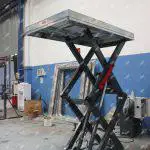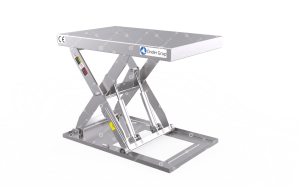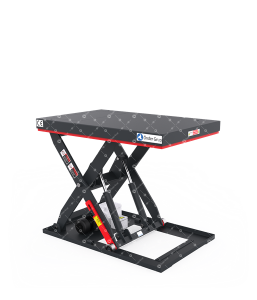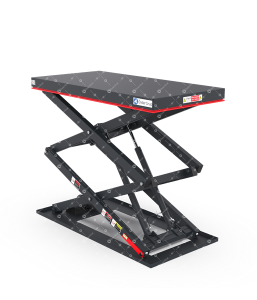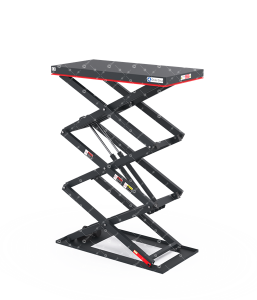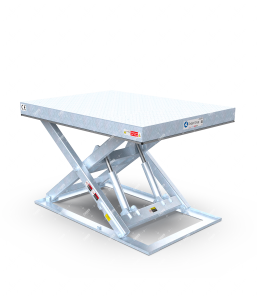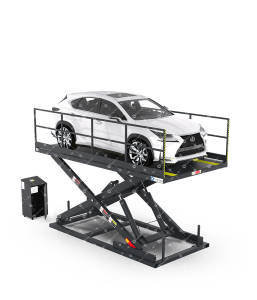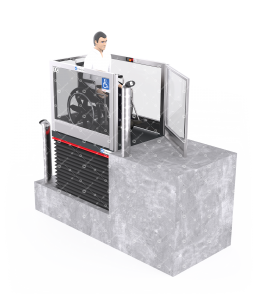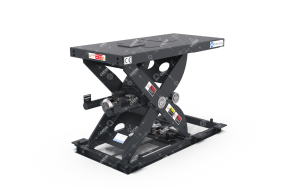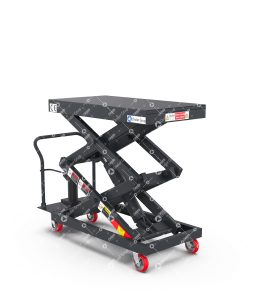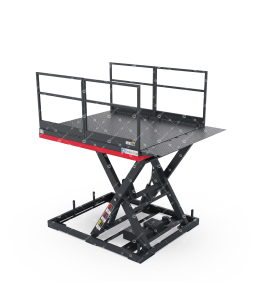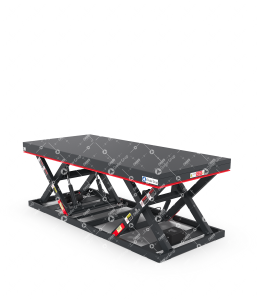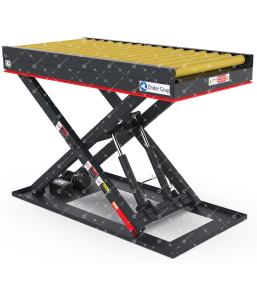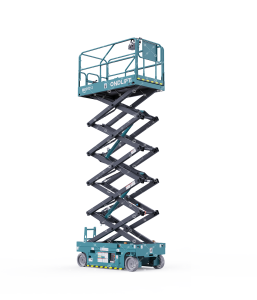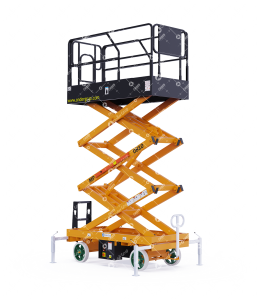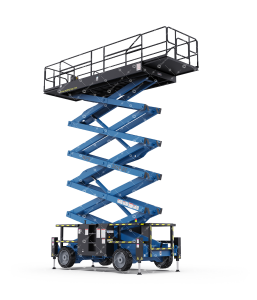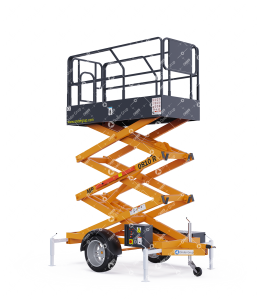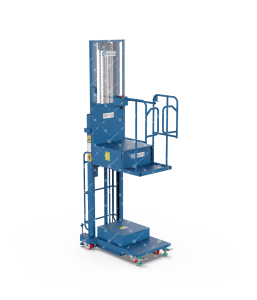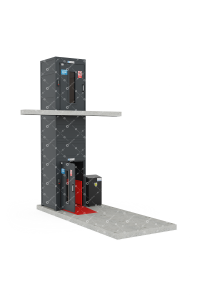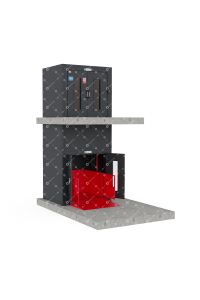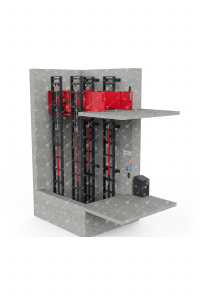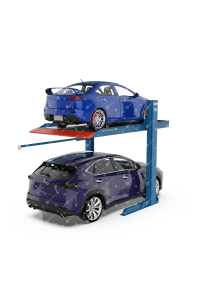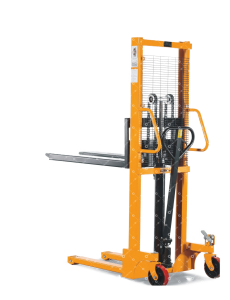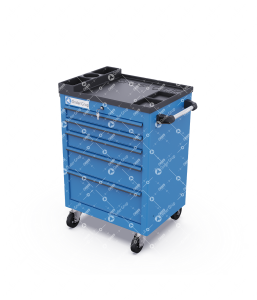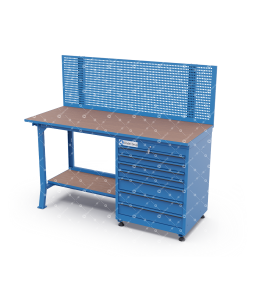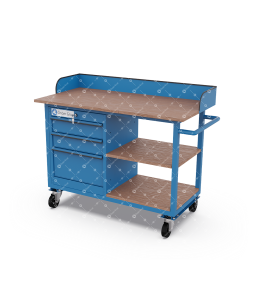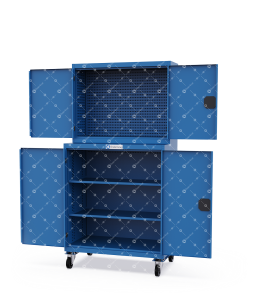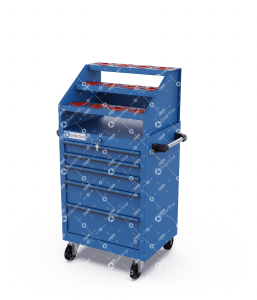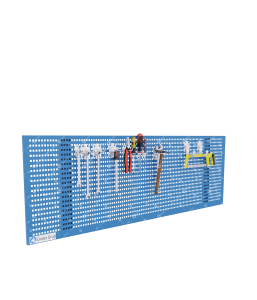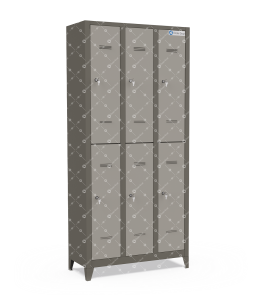Uygulamalar

What is a Scissor Lift and What Does It Do?
In the bustling world of construction, maintenance, and various industrial sectors, one piece of equipment stands tall, both figuratively and literally—the scissor lift. These versatile machines are not just another tool; they are the backbone of elevated work platforms, providing safe and efficient access to heights that would otherwise be challenging to reach. But what exactly is a scissor lift, and how does it revolutionize tasks in diverse industries? In this in-depth exploration, we’ll unravel the mechanics, applications, and advantages of scissor lifts, shedding light on their indispensable role in modern workplaces. Join us as we ascend into the realm of elevated efficiency with scissor lifts as our guide.
What is a Scissor Lift?
At its core, a scissor lift is a type of aerial work platform characterized by a series of interlocking metal supports, resembling the shape of a pair of scissors when extended. This design allows for vertical movement by applying pressure to the supports, causing them to elongate or compress. Typically powered by hydraulic, pneumatic, or mechanical means, scissor lifts offer a stable and reliable platform for workers and equipment at various heights.
Components of a Scissor Lift
Platform: The elevated workspace where workers stand or equipment is placed.
Scissor Mechanism: The interconnected metal supports responsible for vertical movement.
Hydraulic System: Provides the force necessary to extend or retract the scissor mechanism.
Base: The foundation of the lift, equipped with wheels or stabilizers for mobility and stability.
Controls: Interface for operators to maneuver the lift, typically including buttons or levers for raising, lowering, and steering.
Applications Across Industries
Scissor lifts find application across a diverse range of industries, owing to their versatility, reliability, and safety features. Some common sectors where scissor lifts are indispensable include:
Construction
In the construction industry, scissor lifts serve as essential tools for accessing elevated areas during building erection, maintenance, or renovation tasks. Whether painting walls, installing fixtures, or conducting electrical work, these lifts provide a secure platform for workers to perform their duties efficiently and safely.
Warehousing and Logistics
Within warehouses and distribution centers, scissor lifts aid in inventory management, allowing workers to retrieve items stored on high shelves or racks with ease. Additionally, they facilitate loading and unloading operations by providing elevated platforms for workers to access trucks and containers.
Maintenance and Facilities Management
From changing light fixtures to conducting routine maintenance checks, scissor lifts are invaluable assets for facility managers tasked with overseeing the upkeep of buildings, machinery, and infrastructure. Their maneuverability and accessibility make them ideal for navigating tight spaces and reaching elevated maintenance points.
Film and Entertainment
In the realm of film production and event management, scissor lifts play a vital role in creating captivating visual experiences. Camera operators utilize elevated platforms to capture dynamic shots, while stagehands rely on lifts to set up lighting rigs, props, and stage decorations efficiently.
Agriculture
In agricultural settings, scissor lifts aid in various tasks, such as pruning trees, harvesting fruits, and maintaining greenhouse infrastructure. Their ability to navigate uneven terrain and provide stable platforms makes them indispensable for optimizing agricultural operations.
Advantages of Scissor Lifts
The widespread adoption of scissor lifts can be attributed to several key advantages they offer over alternative methods of accessing elevated workspaces:
- Scissor lifts are equipped with safety features such as guardrails, emergency lowering mechanisms, and overload sensors to protect workers from accidents and injuries.
- With different models available, scissor lifts can accommodate various weight capacities, platform sizes, and reach heights, making them suitable for a wide range of applications.
- Compact designs and steerable bases enable scissor lifts to navigate through narrow aisles, doorways, and other confined spaces with ease.
- By providing a stable and elevated platform, scissor lifts enable workers to complete tasks more quickly and efficiently compared to traditional methods involving ladders or scaffolding.
- Despite their initial investment, scissor lifts offer long-term cost savings by reducing labor hours, minimizing the risk of accidents, and enhancing productivity.
Environmental Considerations
While scissor lifts offer numerous benefits in terms of efficiency and safety, it’s essential to address their environmental impact. Like all powered machinery, scissor lifts consume energy and produce emissions during operation. To mitigate these effects, manufacturers are increasingly developing eco-friendly models with energy-efficient components, alternative power sources, and reduced carbon footprints.
Furthermore, proper maintenance and responsible disposal practices can extend the lifespan of scissor lifts while minimizing environmental harm. Regular inspections, lubrication, and repairs ensure optimal performance and safety, while recycling or refurbishing old units prevents unnecessary waste generation.
Conclusion
Önderlift’s Single Scissor Lift Table, Double Scissor Lift Table, and High Scissor Lift Table products are excellent choices for providing high performance and safety in industrial tasks. Each platform stands out with its sturdy construction and high-quality materials, and can be reliably used in various industrial environments. Single Scissor Lift Tables facilitate work in tight spaces, while Double Scissor Lift Tables offer greater height and carrying capacity. High Scissor Lift Table, on the other hand, provide safe and effective performance in heavy-duty tasks. Önderlift’s products stand out not only for their user-friendly designs but also for their full compliance with safety standards, offering operators easy usability while ensuring safety.
PHOTO GALLERY
Categories
Single Scissor Lift Table Double Scissor Lift Table High Scissor Lift Table Stainless Steel Single Scissor Lift Table Galvanized Lift Table Car Lift Table Disabled Lift Disabled Lift Low Profile Disabled Lift Mobile Disabled Lift Column Type Disabled Lift Ball Screw Scissor Lift Table U / Low Profile Lift Tables Super Low Profile Scissor Lift Table U Type Low Profile Lift Table Low Profile Lift Table Stainless Steel Low Profile Lift Table Stainless Steel U Type Low Profile Lift Table Mobile Scissor Lift Table Loading Dock Table Tandem Type Scissor Lift Lift Tables Accessories Aerial Work Platform Scissor Lift Push By Hand Scissor Lift Rough Terrain Scissor Lift Trailer Scissor Lift Goods Lift Loading RampsUsage Areas
Aerospace Agriculture Automotive Defense Industry Education Energy Entertainment Food & Pharmaceutical Heavy Equipment logistic Logistics Manlift Manufactoring Manufacturing Manufacturing metal working Metal Working Retail WoodworkingRecently Added
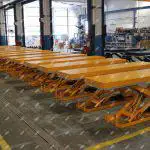
Single Scissor Lift Table
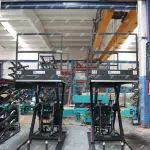
Loading Dock Table
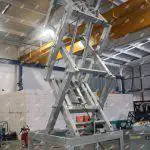
High Scissor Lift Table – Galvanized
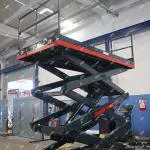
Three Scissor Lift Table
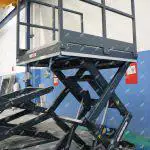
Double Scissor Lift Table
